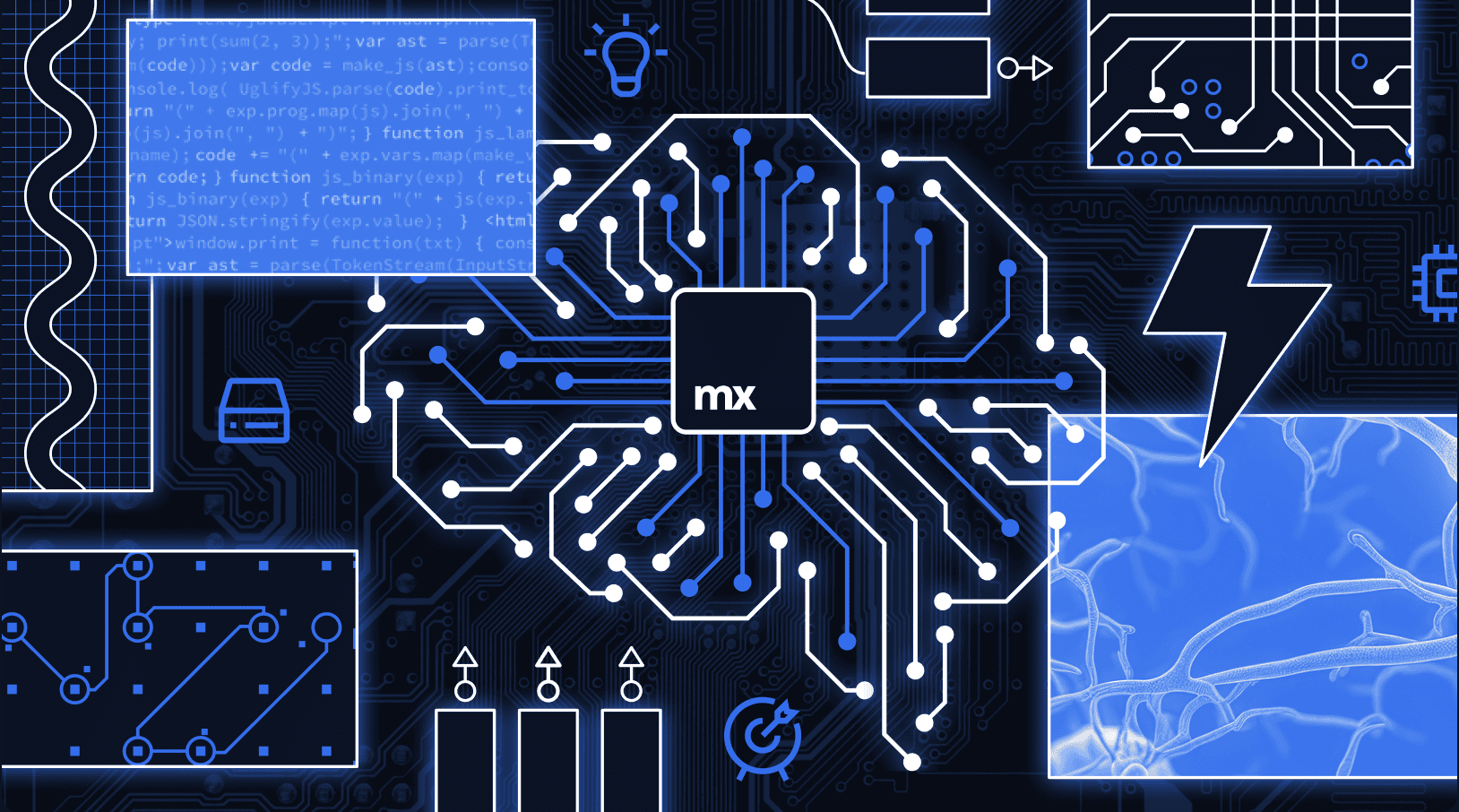
How AI Chatbots Can Improve Customer Service
In today’s fast-paced digital landscape, the integration of artificial intelligence (AI) in customer service is revolutionizing how businesses interact with their customers. AI chatbots, in particular, have emerged as powerful tools that enhance customer service by providing efficient, personalized, and round-the-clock support. This essay explores the myriad ways in which AI chatbots can improve customer service, focusing on their ability to offer immediate assistance, handle repetitive tasks, provide personalized experiences, and support human agents.
Immediate Assistance
One of the most significant advantages of AI chatbots is their ability to provide immediate assistance to customers. In an era where consumers expect instant gratification, the traditional customer service model, often plagued by long wait times and delayed responses, falls short. AI chatbots can address this issue by being available 24/7, ready to answer queries and resolve issues at any time of the day. This continuous availability not only enhances customer satisfaction but also ensures that businesses can cater to a global audience without the constraints of time zones.
Handling Repetitive Tasks
Repetitive tasks, such as answering frequently asked questions (FAQs) and processing routine requests, can be time-consuming and monotonous for human agents. AI chatbots excel in managing these tasks efficiently, freeing up human agents to focus on more complex and nuanced issues that require a personal touch. By automating routine interactions, chatbots help streamline the customer service process, reducing the workload on human agents and improving overall productivity. Additionally, this automation leads to faster resolution times, as chatbots can instantly retrieve and provide information without the need for manual intervention.
Providing Personalized Experiences
AI chatbots are designed to learn from interactions and adapt to individual customer preferences over time. By leveraging machine learning algorithms and natural language processing, chatbots can analyze customer data and provide personalized recommendations and solutions. For example, an AI chatbot can remember a customer’s previous interactions, purchase history, and preferences, allowing it to offer tailored suggestions and support. This level of personalization enhances the customer experience, making interactions more relevant and engaging. Furthermore, personalized service fosters customer loyalty, as customers are more likely to return to businesses that understand and cater to their specific needs.
Supporting Human Agents
While AI chatbots are incredibly efficient, they are not intended to replace human agents entirely. Instead, they serve as valuable support tools that complement human capabilities. Chatbots can handle initial interactions, gather essential information, and even troubleshoot basic issues before escalating more complex problems to human agents. This tiered approach ensures that human agents are not overwhelmed with simple queries and can focus on resolving intricate issues that require empathy, critical thinking, and emotional intelligence. By working in tandem with AI chatbots, human agents can provide a higher level of service, ultimately enhancing the overall customer experience.
Enhancing Multichannel Support
In today’s digital age, customers interact with businesses through multiple channels, including social media, email, live chat, and phone calls. AI chatbots can seamlessly integrate with these various platforms, providing consistent and cohesive support across all channels. This omnichannel approach ensures that customers receive the same level of service regardless of the platform they choose to use. Moreover, chatbots can maintain context across different channels, allowing customers to switch from one platform to another without having to repeat themselves. This continuity enhances the customer experience, making interactions more fluid and less frustrating.
AI chatbots are transforming customer service by offering immediate assistance, handling repetitive tasks, providing personalized experiences, and supporting human agents. Their ability to enhance multichannel support further underscores their value in the modern customer service landscape. As AI technology continues to advance, chatbots will become even more sophisticated, capable of understanding and addressing a wider range of customer needs. Businesses that embrace AI chatbots stand to gain a competitive edge by delivering superior customer service, fostering loyalty, and ultimately driving growth. In a world where customer expectations are continually evolving, AI chatbots represent a vital tool for businesses striving to meet and exceed those expectations.


